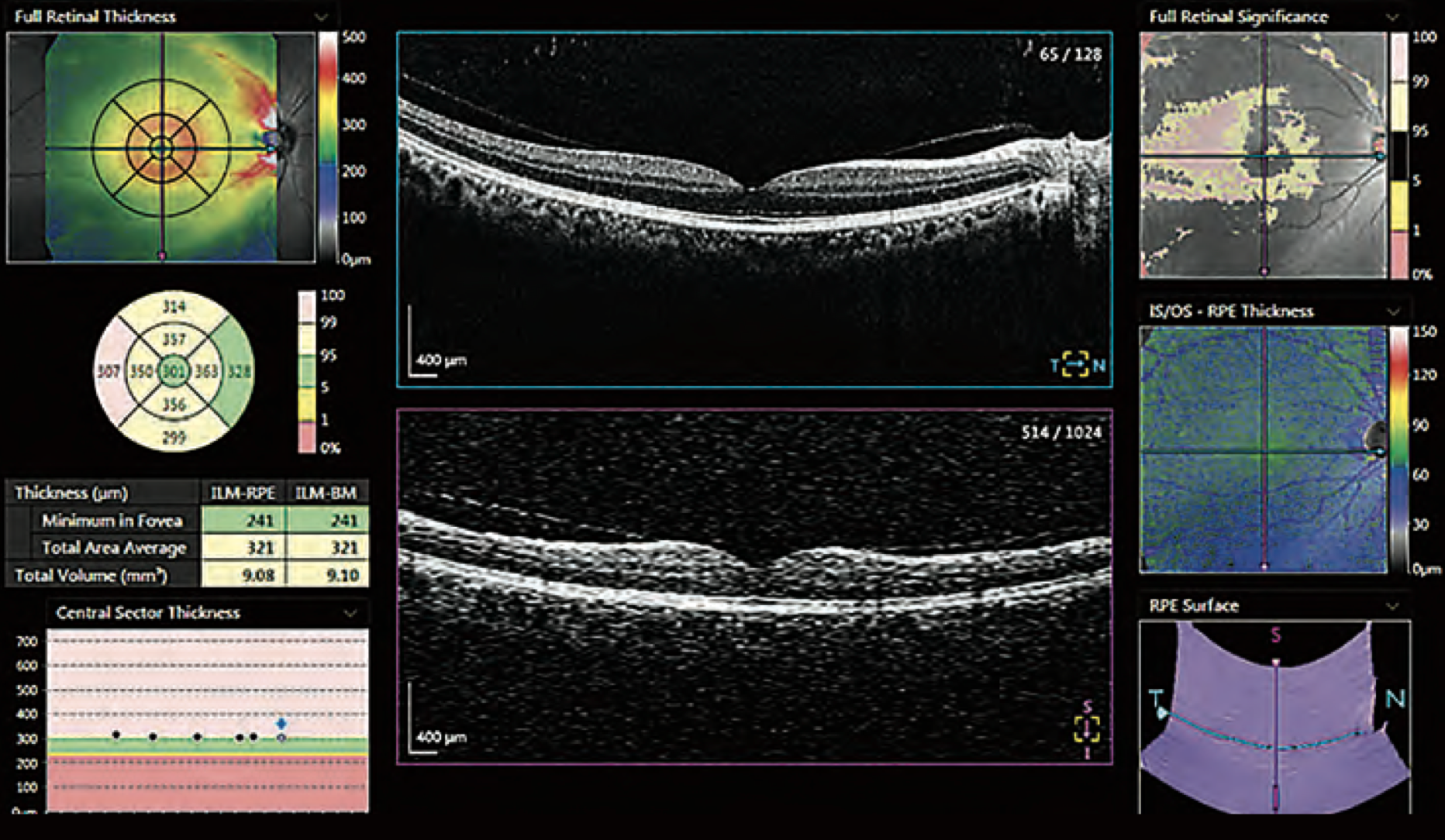Multi-Class Retinal Diseases Detection Using Deep RFCwith Minimal Memory Consumption Presentation
| Introduction | ||
|---|---|---|
| Retinal diseases can cause vision impairment and blindness. Accurate detection of these diseases is crucial for early diagnosis and treatment. Deep RFC (Random Forest Classifier) is a machine learning algorithm used for multi-class retinal disease detection. | ||
| 1 | ||
| Deep RFC in Retinal Disease Detection | ||
|---|---|---|
| Deep RFC combines the power of deep learning and random forest classification. Deep learning models extract high-level features from retinal images. Random forest classification provides accurate and efficient multi-class classification. | ||
| 2 | ||
| Minimal Memory Consumption | ||
|---|---|---|
| Deep RFC is designed to minimize memory consumption. It achieves this by using a lightweight architecture. The model optimizes memory usage without compromising performance. | ||
| 3 | ||
| Performance Evaluation | ||
|---|---|---|
| Deep RFC exhibits high accuracy in detecting various retinal diseases. It outperforms traditional methods in terms of sensitivity and specificity. The model achieves reliable results with minimal false positives and negatives. | ||
| 4 | ||
| Advantages and Applications | ||
|---|---|---|
| Deep RFC with minimal memory consumption offers several advantages:
- Efficient use of computational resources.
- Scalability for large-scale retinal disease screening programs.
- Versatility in handling different types of retinal diseases. Your second bullet Your third bullet |  | |
| 5 | ||
| Conclusion | ||
|---|---|---|
| Deep RFC with minimal memory consumption is a promising approach for multi-class retinal disease detection. It combines the strengths of deep learning and random forest classification. The model's accurate performance and low memory footprint make it suitable for real-world applications. | ||
| 6 | ||
| References (download PPTX file for details) | ||
|---|---|---|
| Author A, Author B, Author C. "Multi-Class Re... Author D, Author E. "Advancements in Retinal ... Your third bullet... |  | |
| 7 | ||




